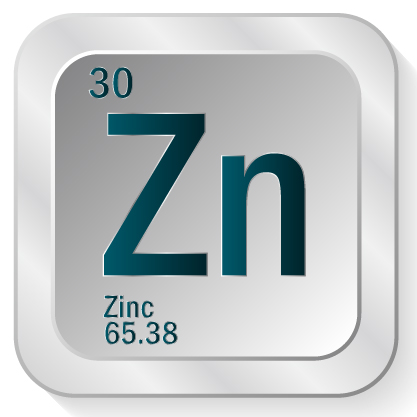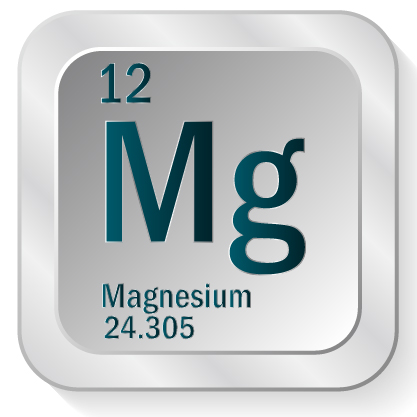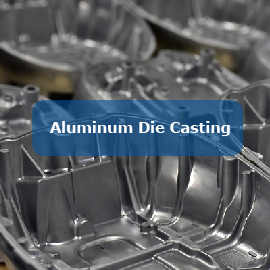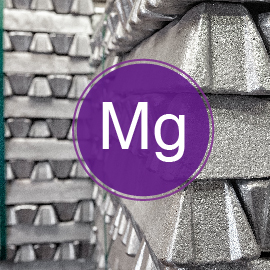DIE CASTING METALS
Die casting is a widely adopted industrial process for metal component manufacturing. In this process, molten metal is poured into a mold cavity made of steel to give it shape. Therefore, complex metal parts can be produced with excellent speed and precision.

Advantages of Die Casting Metals
Die casting metals provide multitudes of benefits over other metalworking methods. Here we have briefly discussed the key advantages below.
- Tight tolerances
- High-speed production
- Less scrap material
- Allows variation in wall thickness
- Fewer manufacturing steps; save time and cost
- Very long die life; ensures high ROI
Die Casting Metal Characteristics
The diverse mechanical and physical properties of die casting metals make them ideal for most applications. Some of the alluring characteristics of die casting metals are:
- High strength-to-weight ratio
- Excellent electrical properties
- Excellent thermal properties
- Better corrosion resistance
- Great RFI/EMI shielding
- Wide range of surface finishing options
- Fully recyclable
However, these are the characteristics of die casting metals in general. Each die casting alloy has unique material properties. Therefore, you can choose one that best suits your requirements.
Die Casting Alloys
Die casting metals primarily consist of non-ferrous metals. The lower melting point and fluidity make non-ferrous alloys an excellent choice for die casting. Aluminum, Magnesium, and Zinc are among the most common die casting alloys. These have a wide range of applications in the industry. We have briefly highlighted some key points below.
Aluminum

Aluminum is a vastly used die casting metal alloy. It has a relatively higher melting temperature than the others, so it requires cold chamber die-casting equipment. The superior strength-to-weight ratio, resistance to corrosion, electrical and thermal conductivity makes it ideal for most applications.
There are specific alloys of aluminum suitable for die casting. These include,
- A360
- A380 (ADC10)
- A383 (ADC12)
- A304 (K-Alloy)
- B390
- A413, etc.
Zinc
 Zinc is another very popular material choice for die casting after aluminum. However, zinc is mainly used for casting miniature parts, whereas aluminum is more commonly used for casting larger components. Zinc can be cast using hot-chamber die-casting equipment.
Zinc is another very popular material choice for die casting after aluminum. However, zinc is mainly used for casting miniature parts, whereas aluminum is more commonly used for casting larger components. Zinc can be cast using hot-chamber die-casting equipment.
It has excellent hardness and strength, but it is significantly heavier compared to aluminum and magnesium. Common zinc die casting alloys are:
- ZA Alloys
- Zamak Alloys (Zamak 2,3,5)
Magnesium
 Magnesium is the lightest die casting alloy out of these three. It has a high strength-to-weight ratio, and its excellent machinability makes it an ideal choice for certain applications. Moreover, its lower melting temperature allows casting using the hot-chamber process.
Magnesium is the lightest die casting alloy out of these three. It has a high strength-to-weight ratio, and its excellent machinability makes it an ideal choice for certain applications. Moreover, its lower melting temperature allows casting using the hot-chamber process.
The common magnesium alloys used in die casting are:
- AZ91D
- AM60
However, there is also a lot of other die casting metals with specific use cases such as Copper, Bronze, Brass, Lead, Tin, etc. These are usually more difficult to die cast and the raw material is more expensive, thus are less commonly used in die-casting manufacturing.
Die Casting Metal Applications
The die casting industry has rapidly expanded over the last few decades. Most of the industries you can think of have some form of application for die casting metals. Some of the major industries with a wide array of applications for die casting metal parts include,
- Automotive
- Aerospace
- Construction
- Electronics
- Engineering
- Healthcare
- Energy, etc.
Die Casting Material Considerations
These are some important considerations to keep in mind when choosing die casting alloys. For instance,
- Cost of material
- Required process, whether hot or cold chamber
- Corrosion resistance
- Mechanical strength
- Physical properties
- Strength-to-weight ratio
- Surface finishing requirements
- Post-processing requirement and cost





